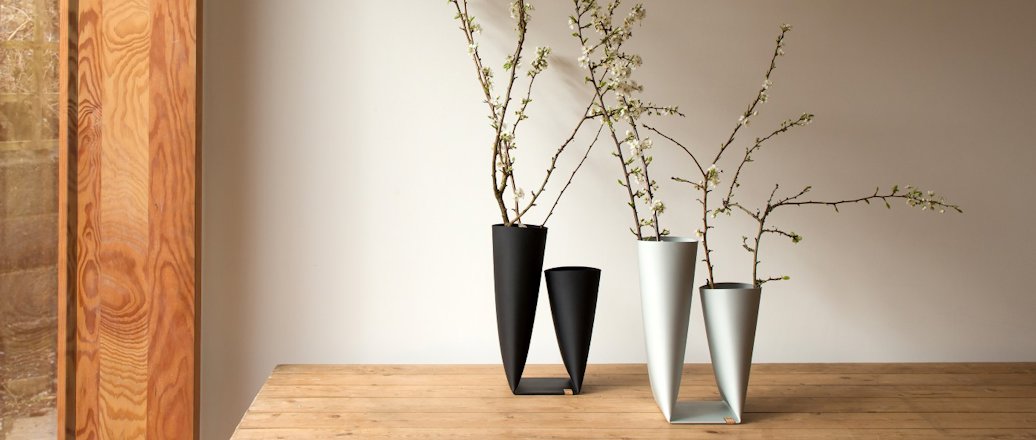Today, too many products cannot be recycled because they are too difficult or expensive to take apart. To create a circular economy, we need to start with design and material selection. This means choosing recyclable materials and designing products in a way that makes them easy to send back into the loop.
The good news is that you can design for recycling already at the drawing board.
Vase No. 8 - Sara Mellone
Three things to know about sustainable design
1. Material selection: Understand how to choose a sustainable material
A sustainable material can be recycled. Assess the carbon footprint from a life-cycle point of view. How much of the material is required compared to another material to obtain the same effect, such as strength? How long will the product last and what is the maintenance required?
2. Design for recycling: easy repair and reuse
Consider the repair – and reuse – of the product. Can it be repaired? By whom? Can you use the product or its materials again?
3. Production: Know how to assemble the product
Similar materials do not need to be separated. This improves the recycling rate. For mixed-material combinations, mechanical fasteners such as bolts, screws, snap-fit and interlock joints make it easy to disassemble and recycle the product when it is no longer in use.
• Light, strong and flexible, aluminium can be formed to fit any expression. An extremely durable material, it can make products last for generations.
• Aluminium is 100% recyclable and can be recycled again and again without losing its properties. Recycling aluminium only requires 5% of the energy used to produce the primary aluminium.
• Hydro produces more than 70% of its aluminium using renewable hydropower, making it among the greenest aluminium in the world.
Interested in learning more? To learn more about designing with aluminium, please let us know and we will put you in contact with one of our experts.
Updated: August 02, 2021








